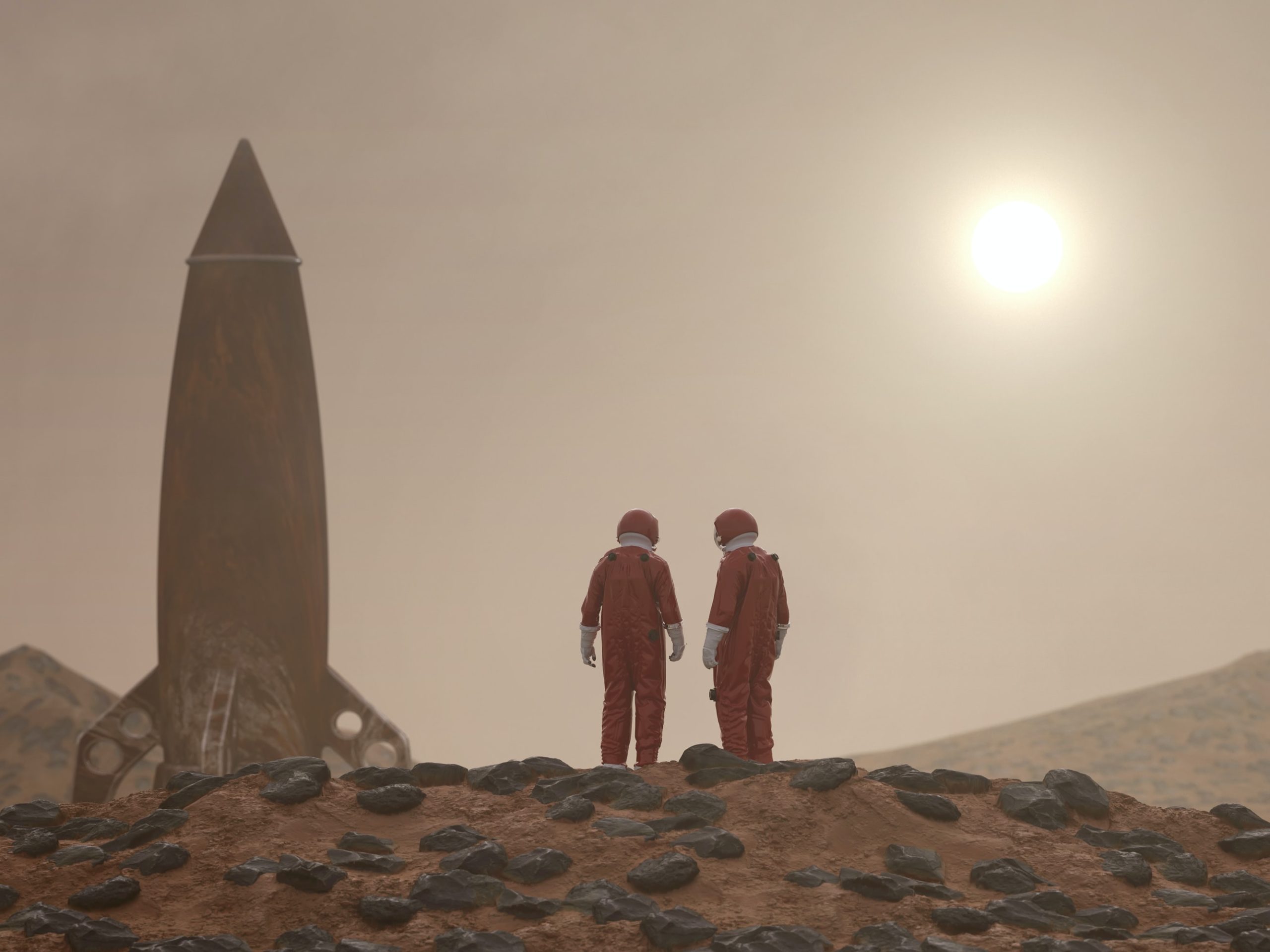The Curiosity rover has found it to be the most conclusive evidence yet that water and waves once existed on Mars.
The Curiosity rover has been exploring the Gale Crater on Mars ever since it landed there in 2004. Even though it has been to Mars before, the red planet still has some secrets up its sleeve, such as an ancient lake bed that was found in an unlikely location.
Amazing photos were taken by the rover of rocks on Mars that reveal distinct evidence of the presence of water in the planet’s past. NASA claimed on Wednesday that rippling textures in rock were likely created billions of years ago by waves on the surface of a shallow lake that churned up material at the lake bottom.
Curiosity is currently working its way up Mount Sharp, the massive mountain that dominates the center of the crater, beginning at its lower levels. Discovering whether or whether this area used to be habitable for microorganisms is one of the primary goals of the rover that we sent to Mars. It is essential to the mission that you have a solid understanding of the crater’s water history.
According to Ashwin Vasavada, a scientist working on the Curiosity project, this is the most conclusive evidence yet that water and waves ever existed on Mars. We combed through tens of thousands of feet of lake sediments, but we didn’t find anything like this. Now, we’ve found it in a region that we thought was dry.
According to NASA, the mountain is layered in a way that resembles a chronology, with older layers near the base of the mountain and more recent layers at the summit. These rocks are located in what is referred to as the Marker Band, an area that is distinguished by a distinct strata of dark rock. The Curiosity rover has made several attempts to drill into the fascinating rocks that are located in this region in order to explore them more thoroughly; but, due to the rocks’ high density, the rover has been unable to achieve any success in its drilling endeavors. Despite this, the group is planning to drill into softer rock.
Scientists have made observations on more than only the rocks in the rippling lake. In addition, the Curiosity rover discovered rocks that were layered in a consistent manner. Ancient dust storms might have played a part in the formation of these rock strata, according to the research that is still being done on the subject. According to Vasavada, “the wave ripples, debris flows, and rhythmic layers all show that the shift from wet to dry on Mars was not an easy one.” Mars’s climate in the distant past was astonishingly complex and strikingly analogous to that of Earth.




